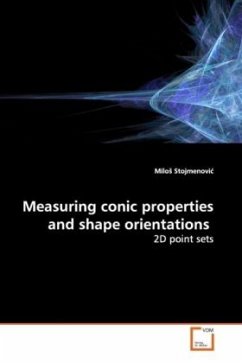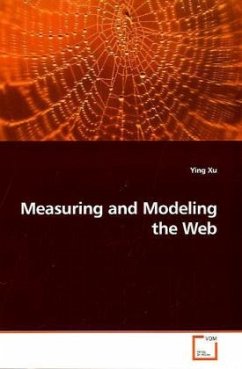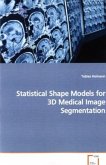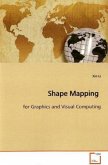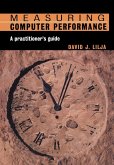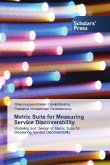New methods for computing a shape s orientation and
several shape measures for elongation, linearity,
circularity, ellipticity, hyperbolicity, and
parabolicity of 2D point sets are outlined. These
measures are invariant to rotation, scaling, and
translation. They are calculated very quickly as
well. Among other things, we discover that the
definition of elongation highly correlates with the
definition of linearity. All of the shape measures
are tested on digital curves and compared with
existing methods. All of the methods work in real
time. The goal was to find a way of identifying basic
shapes in images. The motivation was to be able to
use these basic shape descriptors as features in a
computer vision system, where more complicated shapes
can be seen as collections of basic ones. This way, a
computer should one day be able to identify the
objects in even the most complicated scenes we deal
with in our daily lives.
several shape measures for elongation, linearity,
circularity, ellipticity, hyperbolicity, and
parabolicity of 2D point sets are outlined. These
measures are invariant to rotation, scaling, and
translation. They are calculated very quickly as
well. Among other things, we discover that the
definition of elongation highly correlates with the
definition of linearity. All of the shape measures
are tested on digital curves and compared with
existing methods. All of the methods work in real
time. The goal was to find a way of identifying basic
shapes in images. The motivation was to be able to
use these basic shape descriptors as features in a
computer vision system, where more complicated shapes
can be seen as collections of basic ones. This way, a
computer should one day be able to identify the
objects in even the most complicated scenes we deal
with in our daily lives.

